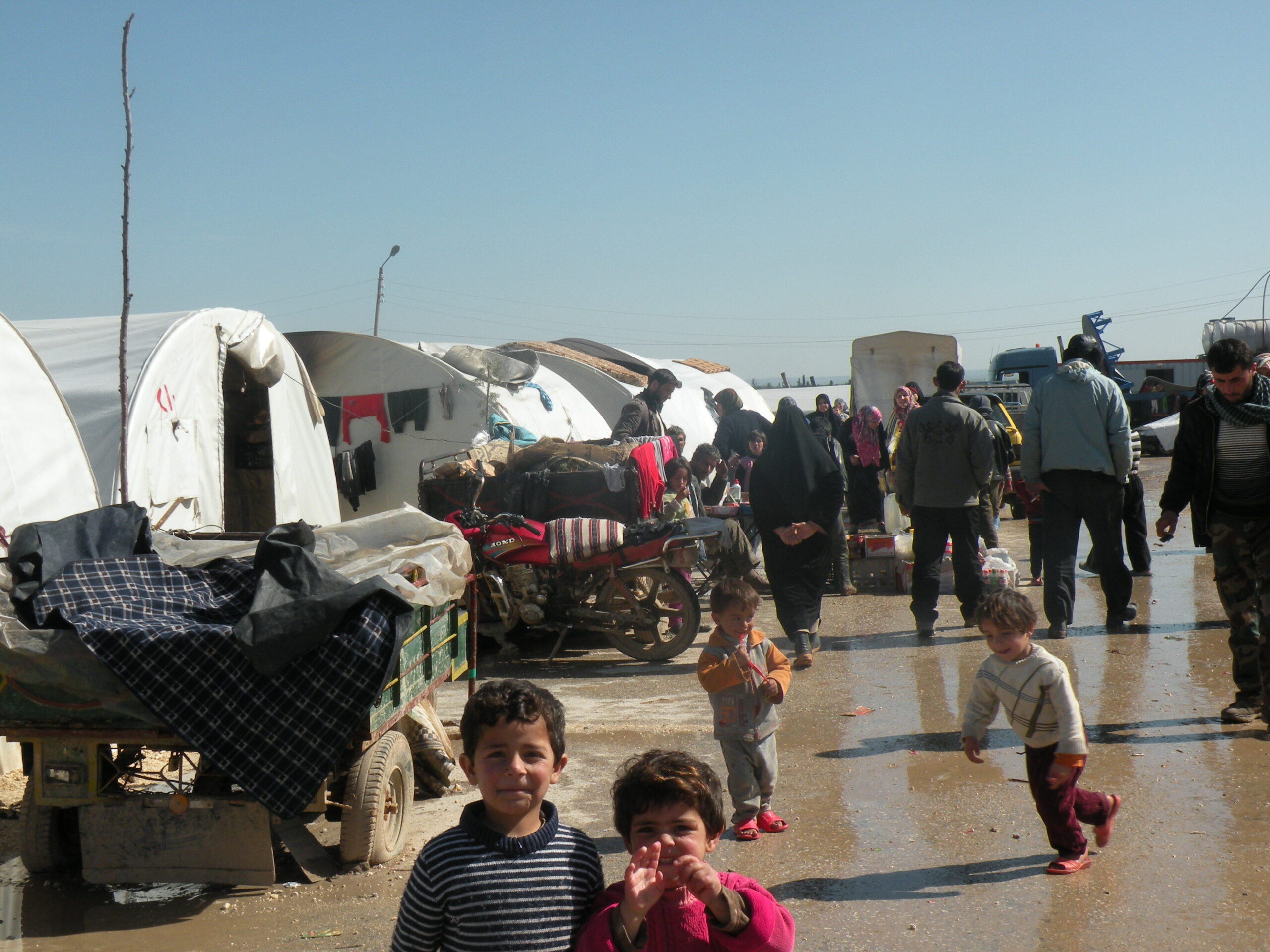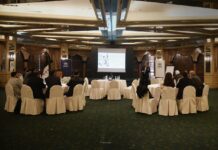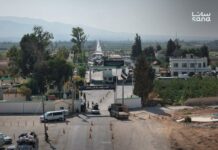
Northern Syria is grappling with an escalating influx of refugees and internally displaced persons (IDPs), further straining limited resources in an area already suffering from ongoing conflict, food shortages, and a severe housing crisis. According to the Syria Response Coordinators (SRC) team, the situation worsened in October, with over 25,000 civilians arriving from Lebanon, Turkey, and conflict-affected areas in Syria’s Aleppo and Idlib regions.
The SRC reported that 8,124 Syrians were displaced from conflict zones in Aleppo and Idlib to relatively safer areas in northern Syria last month, largely due to the ongoing military escalation. Thousands of Syrians also arrived from Turkey, with 9,176 individuals recorded crossing the Turkish-Syrian border in October. Additionally, the flow of refugees from Lebanon into Syria continues, with the number reaching 7,892 by the end of last month.
The crisis in Lebanon, particularly following the increase in hostilities with Israel, has prompted a dramatic movement of people across the Syrian-Lebanese border. The United Nations High Commissioner for Refugees (UNHCR) reported that more than 510,000 people have crossed from Lebanon into Syria since September, with 68 percent of these being Syrians returning to communities devastated by years of conflict.
“Some 510,000 people have fled the bombing in Lebanon and crossed into Syria in just six weeks,” UNHCR Representative in Syria Gonzalo Vargas Llosa said on the X, formerly Twitter, social media platform. “They need urgent assistance, but with only 6 percent of the inter-agency appeal funded, we are facing a deepening crisis, in a country where 90 percent of the population needs assistance.”
The SRC warned that northern Syria’s fragile infrastructure is struggling to meet the needs of the growing population. A rapid increase in population – up by 1.8 percent since last year – has exacerbated food insecurity, created a stifling housing crisis, and strained healthcare services. These issues are intensified by a 57 percent decrease in humanitarian aid this year, according to the SRC.
Already, the region faces a nearly 82 percent poverty rate, compounded by high malnutrition rates and rapidly rising rental costs. As winter approaches, displaced individuals and refugees are in urgent need of basic resources such as food, shelter, and medical support. The SRC has called for immediate international assistance to avert a deepening humanitarian catastrophe.
“Humanitarian organizations must take urgent measures to support the displaced and refugees arriving daily,” the SRC stated. “Emergency action is essential as population density and numbers continue to rise.”
Last week, European envoys and heads of mission to Syria met with UNHCR’s Vargas Llosa to discuss the challenges faced by Syrians and Lebanese fleeing conflict in Lebanon. The European Union (EU) reiterated its commitment to facilitating conditions for the “safe, voluntary, and dignified” return of Syrian refugees, per UNHCR guidelines.
“The EU stresses the importance of ensuring that Syrian refugees have the conditions needed for a safe and dignified return,” the EU Mission to Syria stated, underscoring the urgency of addressing the living conditions and safety of returnees.
Vargas Llosa appealed to international donors for support, emphasizing that funding is crucial to meet the needs of displaced populations in Syria. “At this critical stage, we need urgent support from our donors to respond to the needs,” he said.
The SRC’s latest statement, issued last week, calls on humanitarian organizations to urgently respond to the worsening crises in northern Syria. With limited food supplies, inadequate housing, and dwindling aid, the region remains vulnerable as it attempts to accommodate the steady arrival of displaced individuals and refugees. As the situation unfolds, the SRC and UN representatives continue to stress that without immediate action and increased support, the region may exacerbate of its humanitarian challenges.








